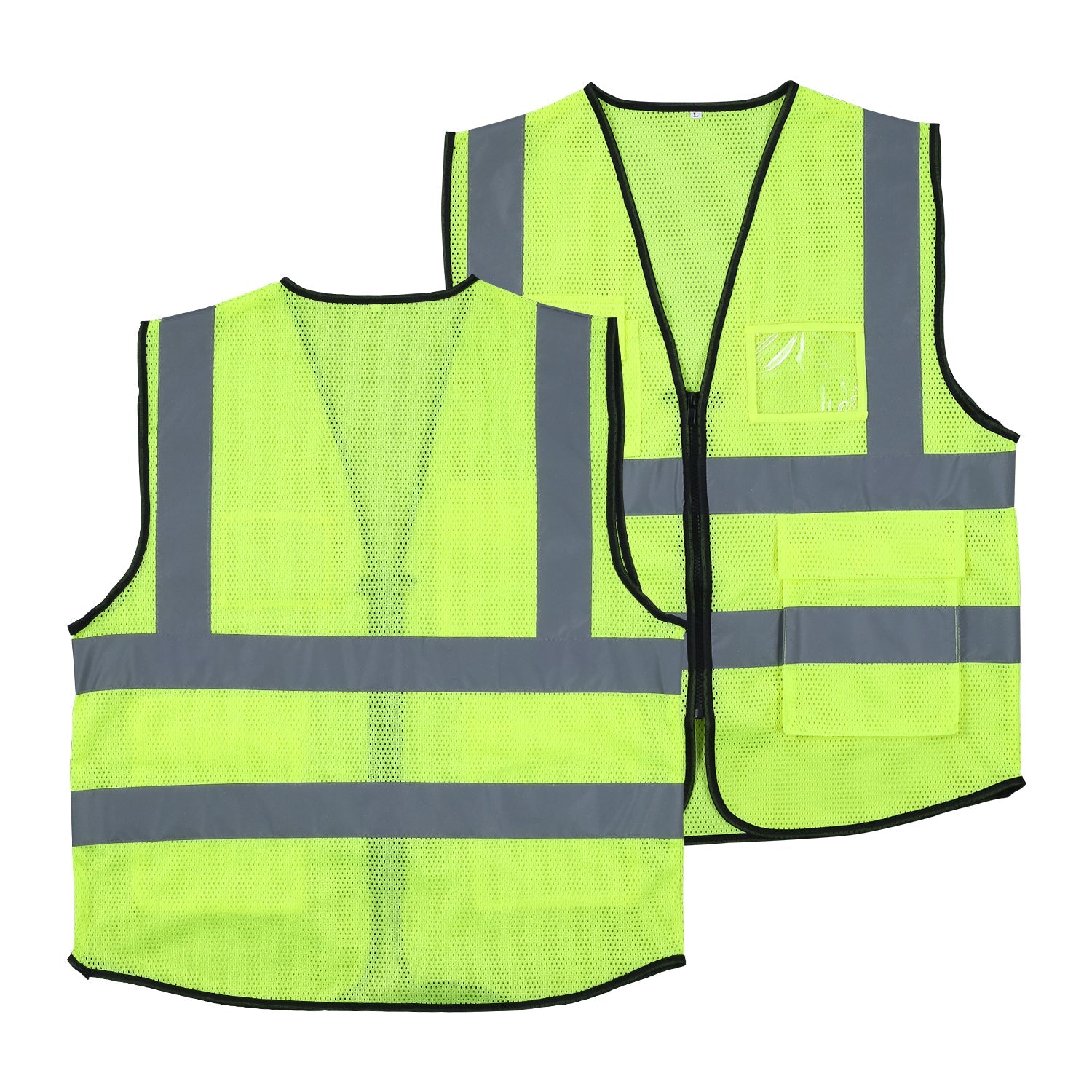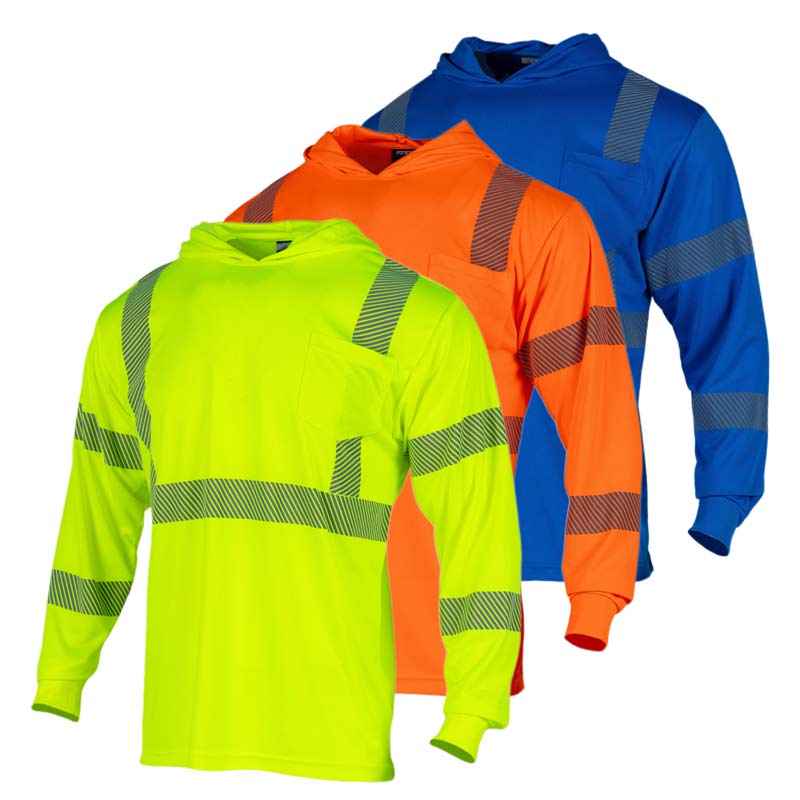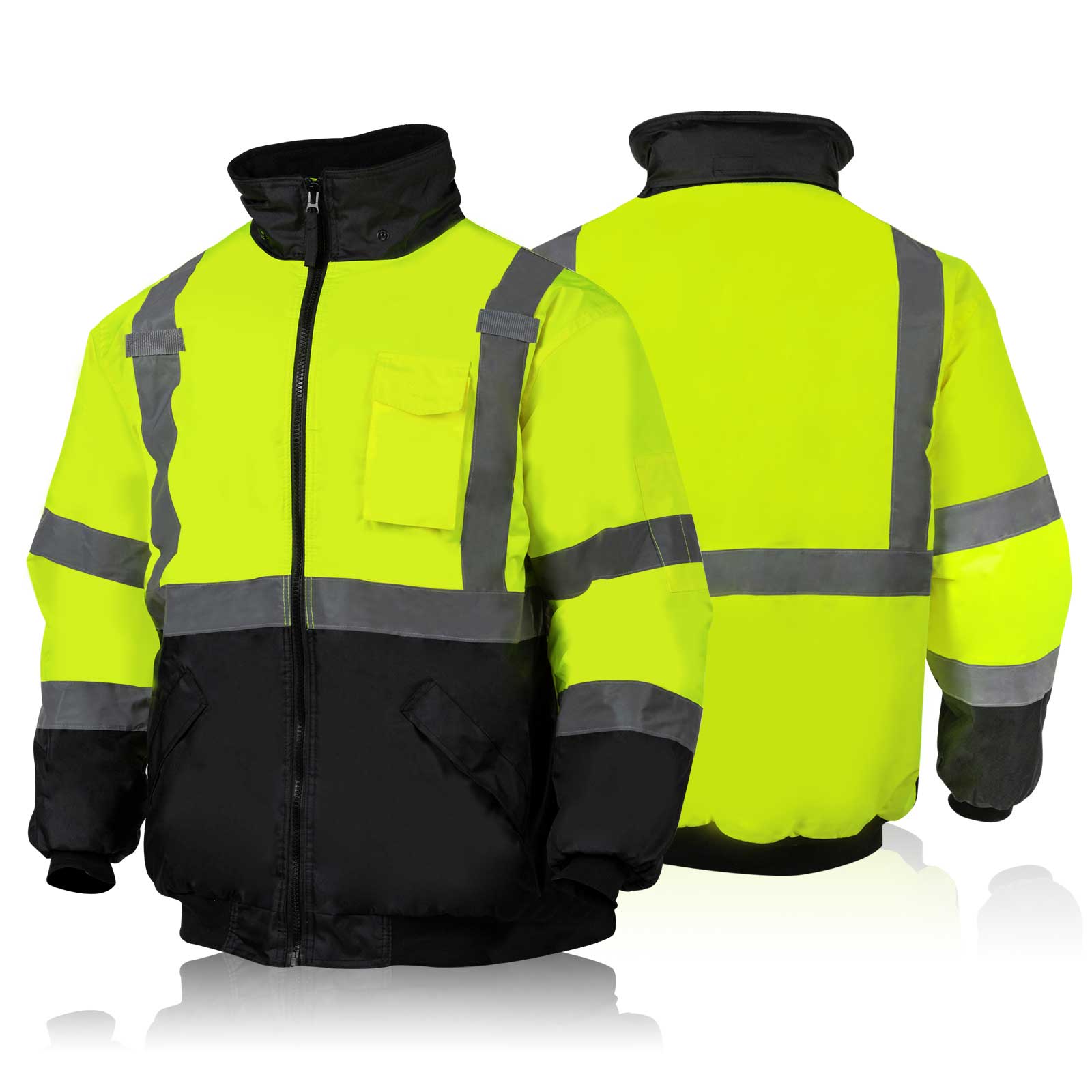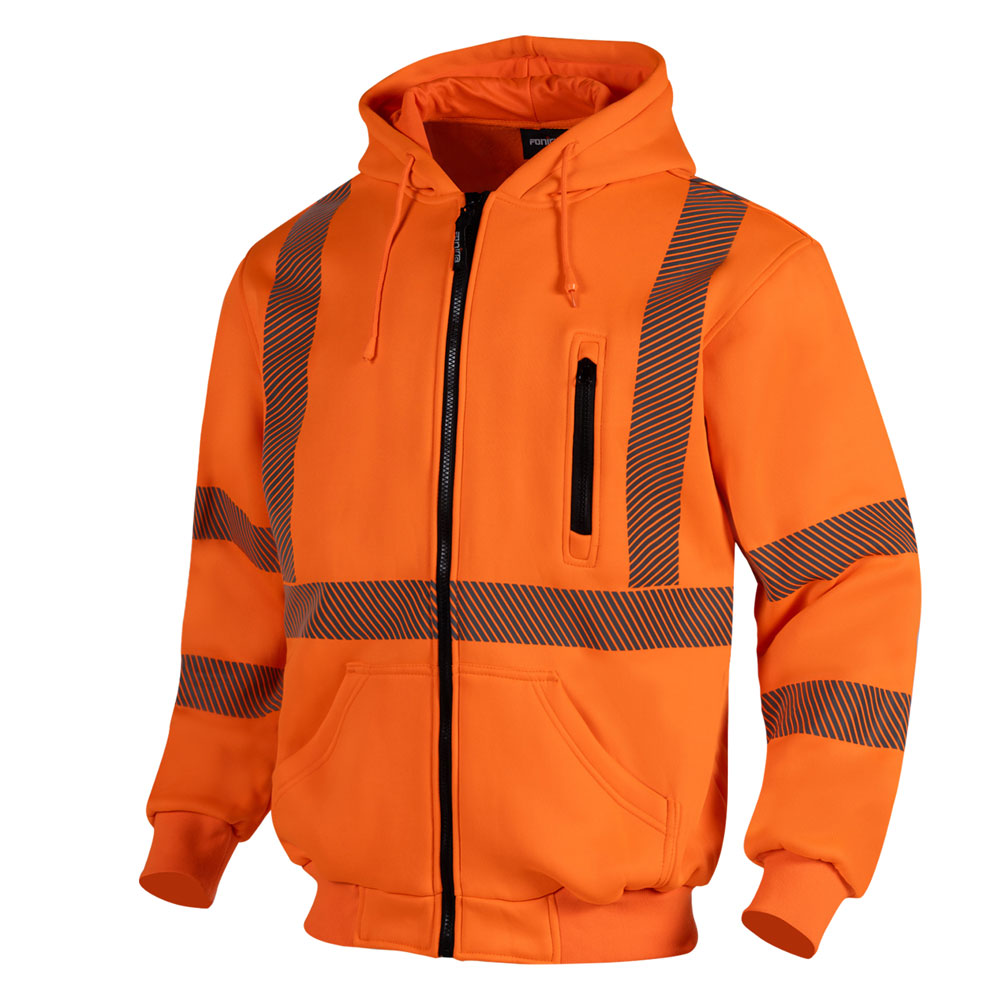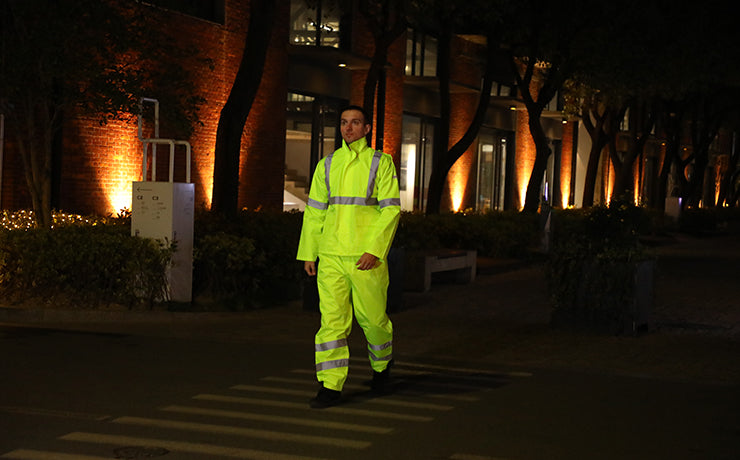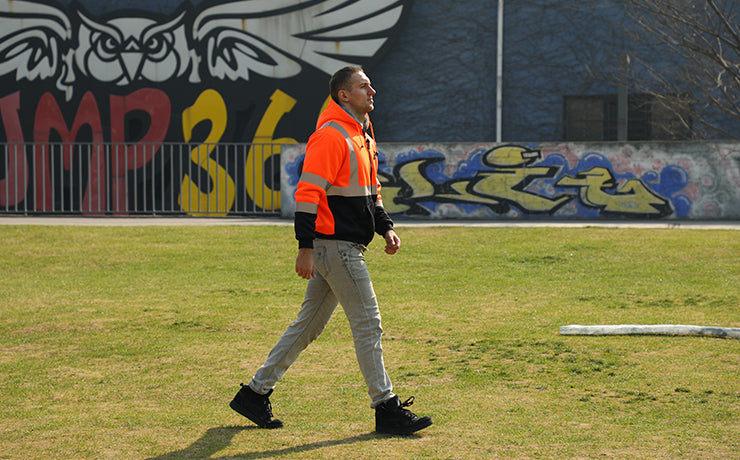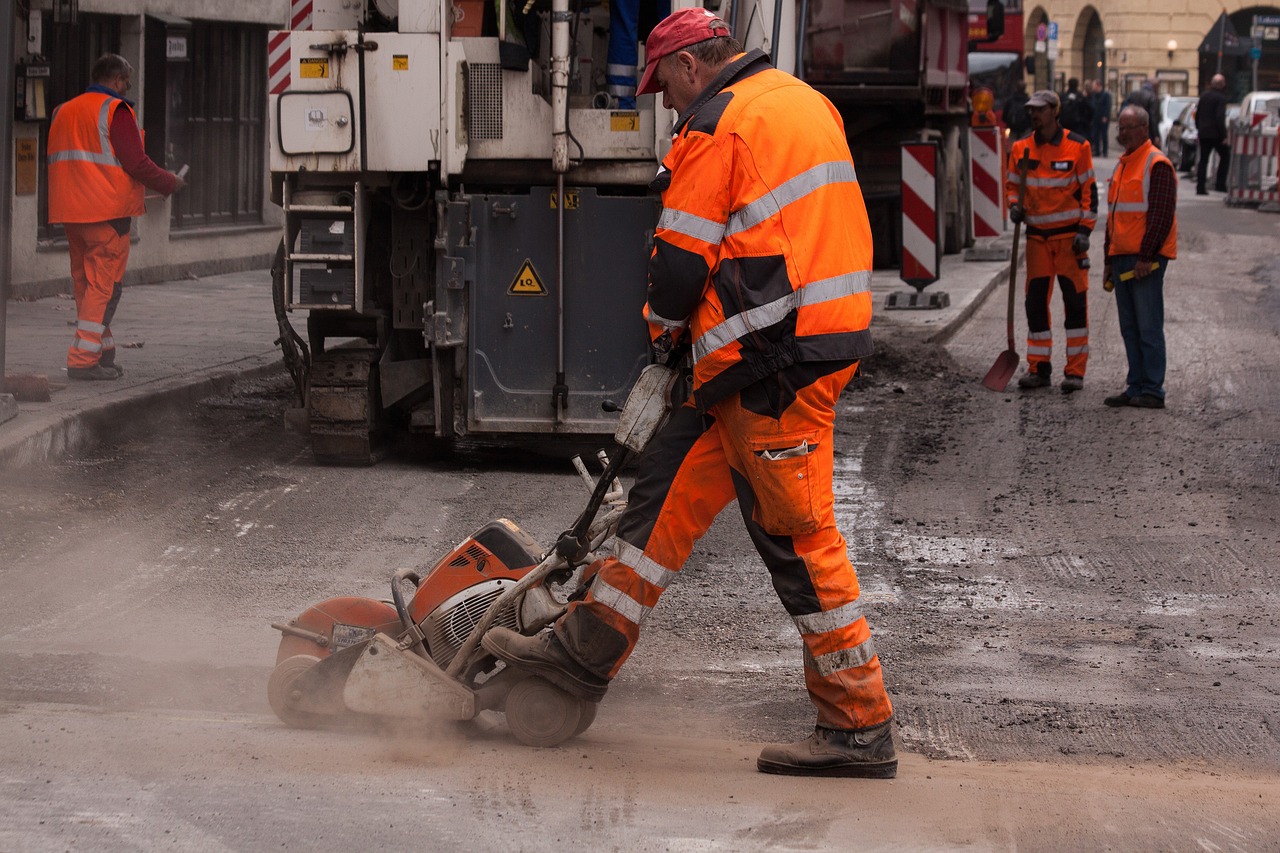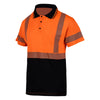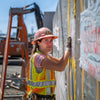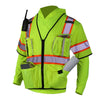The Vital Role of Construction Safety Management and the Importance of Safety Officers: A Comprehensive Guide
This article explores the vital role of construction safety management and the pivotal part played by construction safety officers in maintaining a secure environment. It offers insights into the framework, practices, and leadership required to uphold safety standards.
What is a Construction Safety Management System?
In the construction industry, prioritizing safety is fundamental to project success and worker well-being and for that, companies need an effective construction safety management system.
Construction safety management is a comprehensive approach focused on preventing accidents and injuries on construction sites. It's like a protective umbrella covering all aspects of a construction project, from the initial planning stage to the final touches.
Construction safety management is a discipline that combines rigorous protocols with proactive risk management to shield workers from harm.
Safety officers stand on the front lines, embodying this commitment by implementing safety measures, educating teams, and ensuring compliance with standards.
This system ensures that every worker knows how to work safely, from preventing accidents from happening to operating heavy machinery. It's not just about following rules; it's about creating a culture of safety that envelops every task and every team member.
Key Components and Objectives
Effective construction projects safety management is built on several key pillars:
-
Safety Protocols: Detailed plans and procedures designed to prevent accidents and handle emergencies.
-
Hazard Identification: A proactive process to spot and assess safety risks before they cause harm.
-
Training and Education: Regular safety training sessions to equip construction workers with the knowledge and skills to work safely.
-
Compliance with Safety Regulations: Ensuring all practices meet or exceed legal and industry standards.
-
Personal Protective Equipment (PPE): Making sure workers wear and use PPE correctly to protect against specific hazards.
The primary objective is clear: to minimize accidents, injuries, and health risks, ensuring a safe and healthy environment for each and every construction worker.
Role of Safety Officers in Construction Safety Management
Safety officers are the linchpins of the construction safety management system. They have a multifaceted role that includes:
-
Implementing Safety Protocols: Safety officers are responsible for putting the safety plan into action. They ensure everyone knows and follows the rules.
-
Training Workers: From basic safety measures to advanced protocols such as handling tools and inspecting risks, safety officers educate workers on all safety aspects.
-
Monitoring Compliance: They keep an eye on the construction site, making sure everyone is adhering to the safety policy.
-
Identifying Potential Hazards: Safety officers are always on the lookout for new risks, ready to address them before they become a problem.
-
Coordinating with Multiple Teams: A safety officer work across teams to integrate safety into every aspect of the project.
In essence, safety officers ensure that the construction safety management system is not just a document but a living, breathing aspect of the construction site.
How Many Safety Officers Are Required on a Construction Site?
Determining the number of safety officers needed depends on several factors, such as the size of the project, its complexity, and local safety regulations. A small, straightforward job site might do well with just one safety officer, while a large, complex project could need a whole team.
General guidelines suggest having at least one safety officer for every 100 construction workers, but this can vary. The key is to ensure enough coverage to identify potential hazards, conduct safety training, and maintain a robust safety management system throughout the project.
How to Become a Safety Manager in Construction Projects?
Becoming a construction safety manager is a journey of education, training, and hands-on experience. Here's how to embark on this rewarding career path:
Educational and Training Requirements
A solid foundation often starts with a degree in occupational health, safety management, or a related field. This academic background is crucial for understanding the complexities of construction safety.
Key Certifications and Courses
Aspiring safety managers should seek certifications from recognized bodies, like certified safety professionals (CSP) or construction health and safety technician (CHST) credentials. These certifications prove your expertise and commitment to safety.
Experience and Skills
Experience on construction sites is invaluable. Starting as a safety officer can provide practical knowledge in safety protocols, risk assessment, and emergency response. Skills in communication, problem-solving, and leadership are also essential to navigate the challenges of construction safety management effectively.
Construction Safety Week
Construction Safety Week is an annual event dedicated to reinforcing the importance of safety in the construction industry. It's a time when construction companies and their employees (including construction safety manager, officers, and safety workers) come together to focus on keeping their workers safe in every job site .
This week serves as a reminder that safety should always be a top priority in every aspect of construction work.
Activities and Focus Areas During Construction Safety Week
-
Toolbox Talks: Daily meetings to discuss specific safety hazards and preventive measures.
-
Safety Training Sessions: Workshops and seminars to educate workers on the latest safety practices and protocols.
-
Equipment Inspections: Thorough checks of tools and machinery to ensure they are in safe working order.
-
Emergency Drills: Practice runs of emergency response procedures to prepare for potential risks.
-
Recognition of Safety Achievements: Celebrating teams and individuals who have made significant contributions to workplace safety.
Construction Safety Meeting Topics
Regular safety meetings are essential in keeping construction sites safe. These gatherings provide a platform for discussing vital safety information, sharing updates, and addressing concerns.
Examples of Critical Safety Meeting Topics
-
Identifying and Mitigating Safety Hazards: Strategies for recognizing and dealing with potential risks.
-
Handling of Hazardous Materials: Proper techniques and precautions for dealing with dangerous substances.
-
Personal Protective Equipment (PPE) Usage: Guidelines on the correct use of safety gear.
-
Incident Reporting and Response: Processes for reporting near misses and incidents, and how to respond effectively.
-
Workplace Ergonomics: Best practices for minimizing strain and injuries through proper posture and machinery use.
Ensuring PPE and Hi-Vis Clothing Compliance

Personal Protective Equipment (PPE) is crucial for safeguarding workers against hazards on construction sites. Among the array of PPE, high-visibility (hi-vis) clothing is paramount. It ensures workers are easily seen, significantly reducing the risk of accidents in busy or low-light areas.
Hi-vis clothing, a key component of PPE, is essential for worker safety, making them visible to colleagues and machinery operators, thus preventing potential accidents.
Safety Officers' Responsibilities
Safety officers have a pivotal role in ensuring compliance with PPE requirements.
Their responsibilities include regular safety audits, training on proper PPE usage, and monitoring adherence to safety standards. Hi-vis clothing is often highlighted as the most crucial aspect of PPE due to its role in ensuring worker visibility.
For high-quality hi-vis clothing, safety officers are recommended to turn to Fonirra, a leading supplier in the safety industry. Known for a comprehensive range of safety garments that meet rigorous standards, Fonirra stands out for its dedication to innovation, quality, and customer satisfaction.
Fonirra's products cater specifically to the needs of any construction project, offering durable, compliant, and comfortable safety solutions.
Conclusion
In the construction industry, prioritizing safety through comprehensive management systems, regular safety meetings, and strict PPE compliance is essential for keeping workers safe and ensuring project success.
Safety officers play a crucial role in this endeavor, being responsible for guiding and enforcing safety protocols, including the use of high-visibility clothing. For those looking to source high-quality hi-vis gear, visit Fonirra now and explore their wide range of hi-vis clothing that comply with the PPE requirements.
-
Posted in
job

